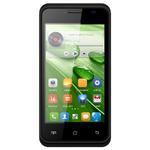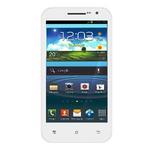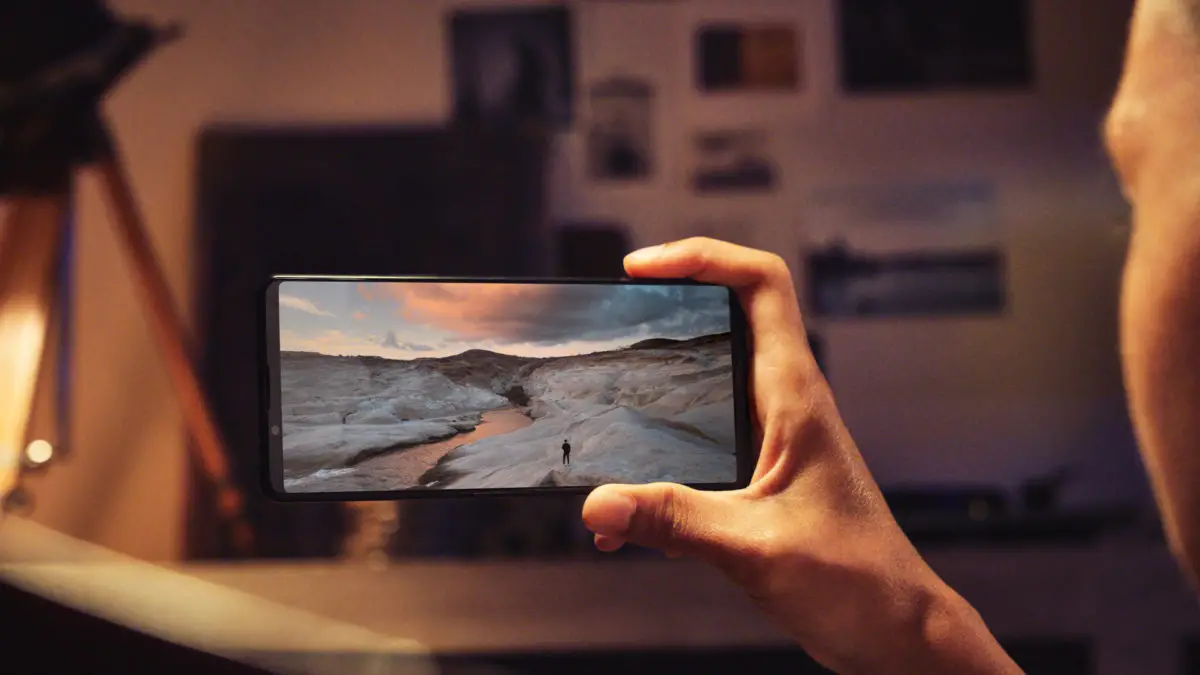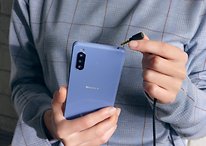Use a satisfying mechanical keyboard on your Chromebook instead! - Android
The best Chromebooks have keyboards with great tactile feedback, but if you're going to be typing on a Chromebook at a desk for hours and hours on end, consider swapping to a mechanical keyboard. Not only will using a separate keyboard help you avoid neck strain by letting you move your Chromebook up to a higher position, but mechanical keyboards are longer-lasting and offer better feedback for your fingers to ensure that you're hitting the right key every time. These are the best mechanical keyboards to use with your Chromebook today, tomorrow, and for years to come.
Tiny, but mighty
DIERYA DK61E 60%
Staff Pick
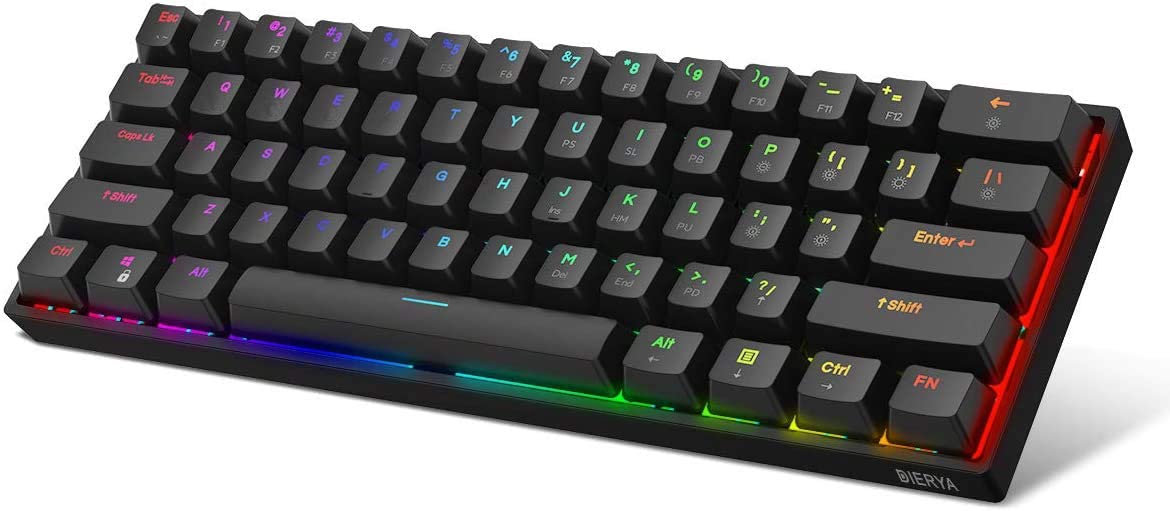
This compact keyboard won't take up much desk space, but it still gives you all the comforts and choices, with four switch types available, USB-C rather than USB-A, and a spill-resistant circuit board.
$51 at Amazon
Best for the office
Das Keyboard Model S Professional
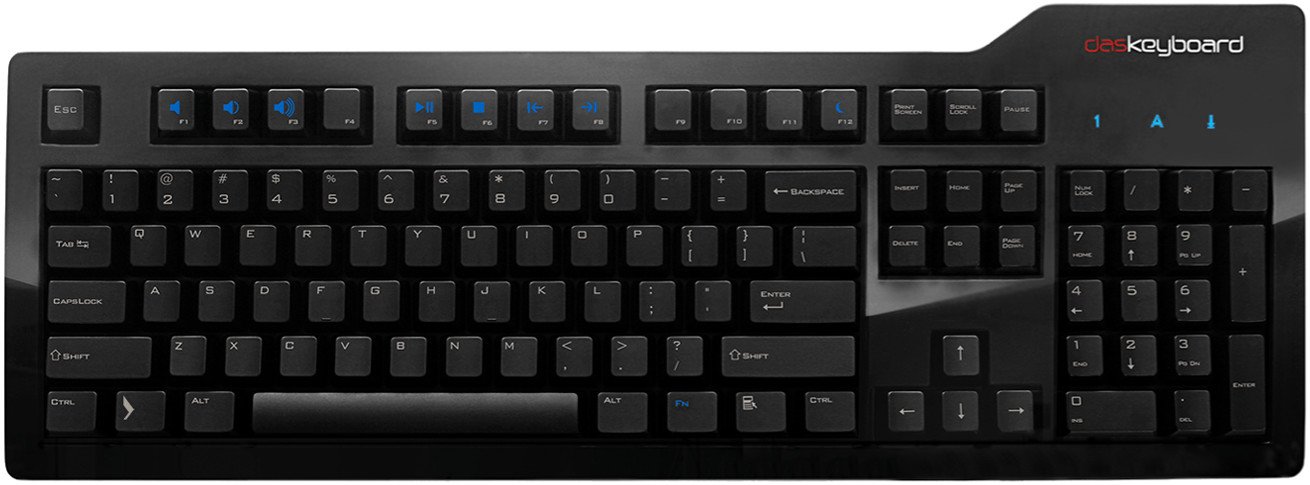
Das's keyboards have been highly regarded for years, and the Model S is a no-nonsense full-size mechanical keyboard that should last you through your current Chromebook and likely the next.
$119 at Amazon $119 at Walmart
Pick your switch
Keychron K6 Wireless Mechanical Keyboard

Whether you want to use this keyboard via USB-C or Bluetooth, you'll get a great typing experience with Keychon's 65% layout. You even have a choice between popular Gateron switches or faster Optical switches.
From $70 at Amazon
Classic look
Azio Retro Classic

This wired mechanical keyboard has the distinct style of a typewriter while keeping all the modern features like backlighting, USB-C charging, and a premium fit and feel on the hand.
From $180 at Amazon $194 at Best Buy (BT)
Reliable RGB for less
Aukey KM-G12 Gaming Keyboard
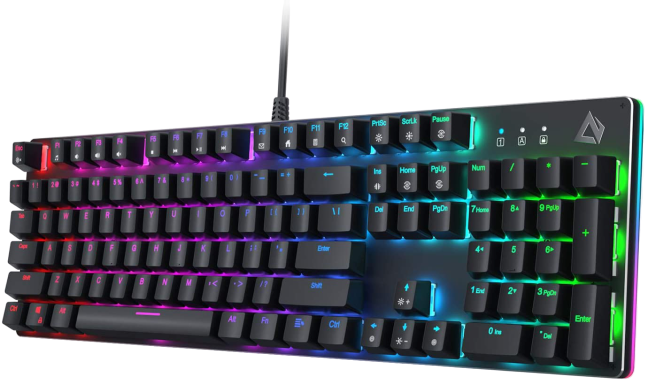
This sturdy steel keyboard will last you years and years without fail because I have personally put it through its paces. I'm partial to the clackety blue switches, but there are smooth, quiet red switches available, too.
From $50 at Amazon
The gateway keyboard
Drop CTRL

Drop is known for customized keyboards, and the CTRL offers an awesome out-of-box experience that will start you down the addictive road to custom keycaps, colorways, and cables!
$188 at Amazon
These are the best mechanical keyboards for your Chromebook
I've been using mechanical keyboards for the better part of a decade now, and they make all the difference in the world when you're typing for long periods, precise and durable enough for my angriest rants. While mechanical keyboards used to inevitably mean shelling out tons of hard-earned money, you can find great keyboards for less than three figures pretty easily these days.
If you want a mechanical keyboard, but don't want some kaiju keyboard hogging all the space on your desk, the DIERYA DK61E 60% Mechanical Keyboard has a 60% layout and skips the dedicated F1-12 function row for a 61-key keyboard that can fit small desks and crowded workspaces with ease. That's no big loss on a Chromebook where you'd need to remember which F translates to reload (F3), fullscreen (F4 or F11), volume (F9-10), et cetera.
When it comes to full-size keyboards, I've long been a fan of Aukey's KM series mechanical keyboards, which have held up to years of abuse with grace and offer softer, less gaudy RGB lighting modes for late-night typing. The steel body also looks better than the black body most keyboards sport, but I'll confess the leather/wood/metal combo on the Azio Retro is hard to deny.
Why switches make all the difference to the best mechanical keyboards
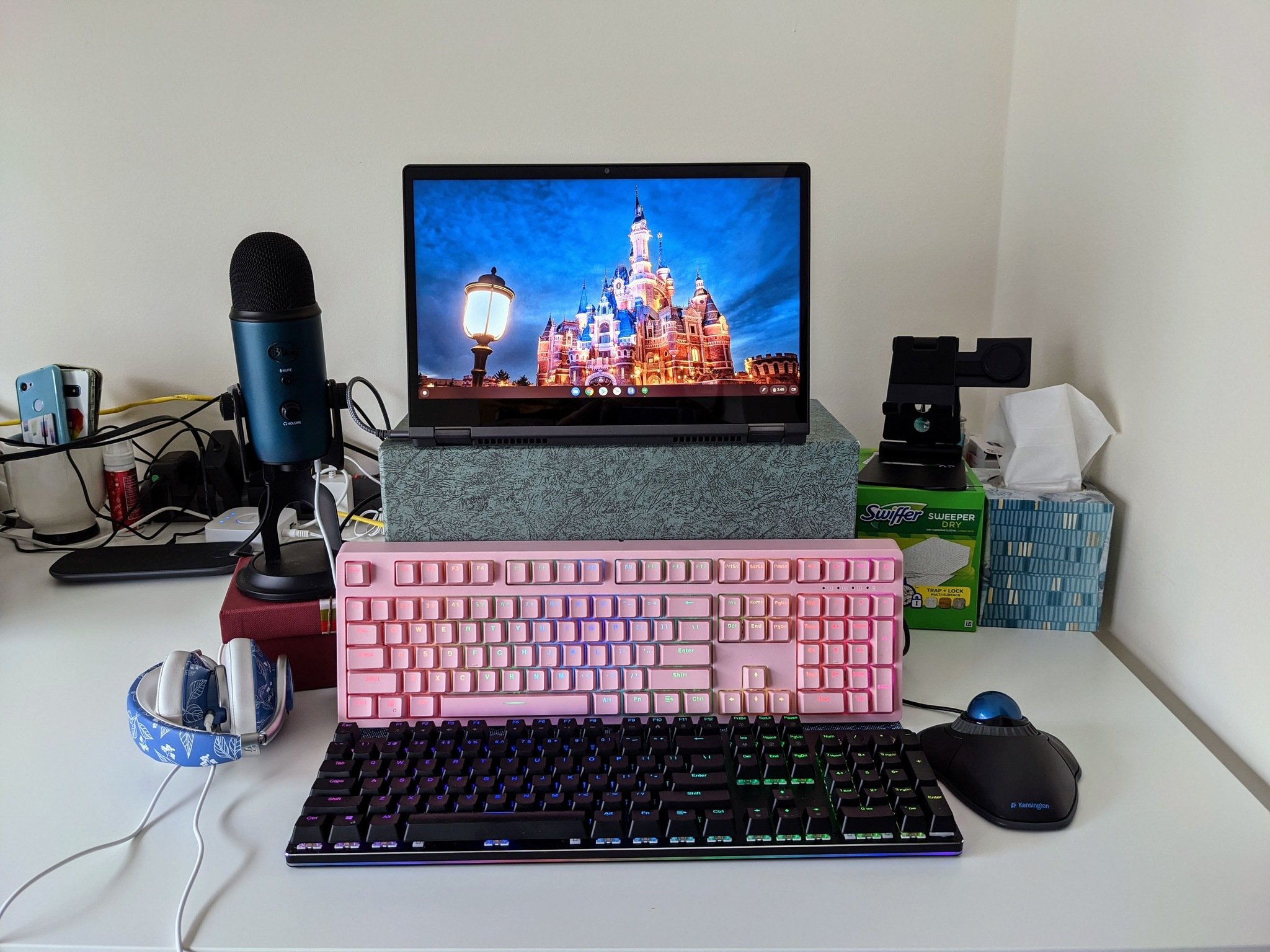
Before you figure out what keyboard is right for you, you'll first want to figure out what switch is right for you. Mechanical keyboards can use a great and ever-growing list of switches, though most styles use the same color-specified profiles so that if you like the clicky sound of blues, you can get that whether you buy MX Cherry, Otemu, Gateron, or Optical switches.
If you have no clue what switch you prefer, we have a keyboard switch guide you can consult, but here's your quick and dirty color guide:
- Blue: Clicky, loud and tactile, this is considered the "classic" of the mechanical switches. You'll love it or hate it.
- Red: Quiet and linear switch, this is a popular switch type for gamers that requires less force than Black. Also nice for speed-oriented typists.
- Black: Smooth and linear, this is the most popular switch for gamers because it can be faster to double-tap opponents.
- Brown: This tactile switch is something of a cross between Blue and Red: you have a tactile feel to the key, but it's quiet enough to not drive coworkers insane.
Almost all mechanical keyboards will have a Blue switch option and either Black or Red. Browns show up quite frequently, too, which is great news if you're a tactile typist but need to work from home without driving your family to insanity.
14/04/2021 12:00 PM
TCL Made A Phone That Folds And Rolls!
14/04/2021 05:23 PM
Big Android 12 features leak reveals design and functionality changes
14/04/2021 07:14 AM
Oculus Quest 2 owners can start testing wireless PC VR gaming with Air Link
14/04/2021 04:14 AM
Gigabyte Unveils Three 4K Gaming Monitors With HDMI 2.1
14/04/2021 06:00 PM
Google One May Soon Get The Ability To 'Block Internet If VPN Disconnects'
14/04/2021 01:52 PM
New Microsoft Surface Headphones Have Microsoft Teams Button
14/04/2021 12:36 AM
- Comics
- HEALTH
- Libraries & Demo
- Sports Games
- Racing
- Cards & Casino
- Media & Video
- Photography
- Transportation
- Arcade & Action
- Brain & Puzzle
- Social
- Communication
- Casual
- Personalization
- Tools
- Medical
- Weather
- Shopping
- Health & Fitness
- Productivity
- Books & Reference
- Finance
- Entertainment
- Business
- Sports
- Music & Audio
- News & Magazines
- Education
- Lifestyle
- Travel & Local

